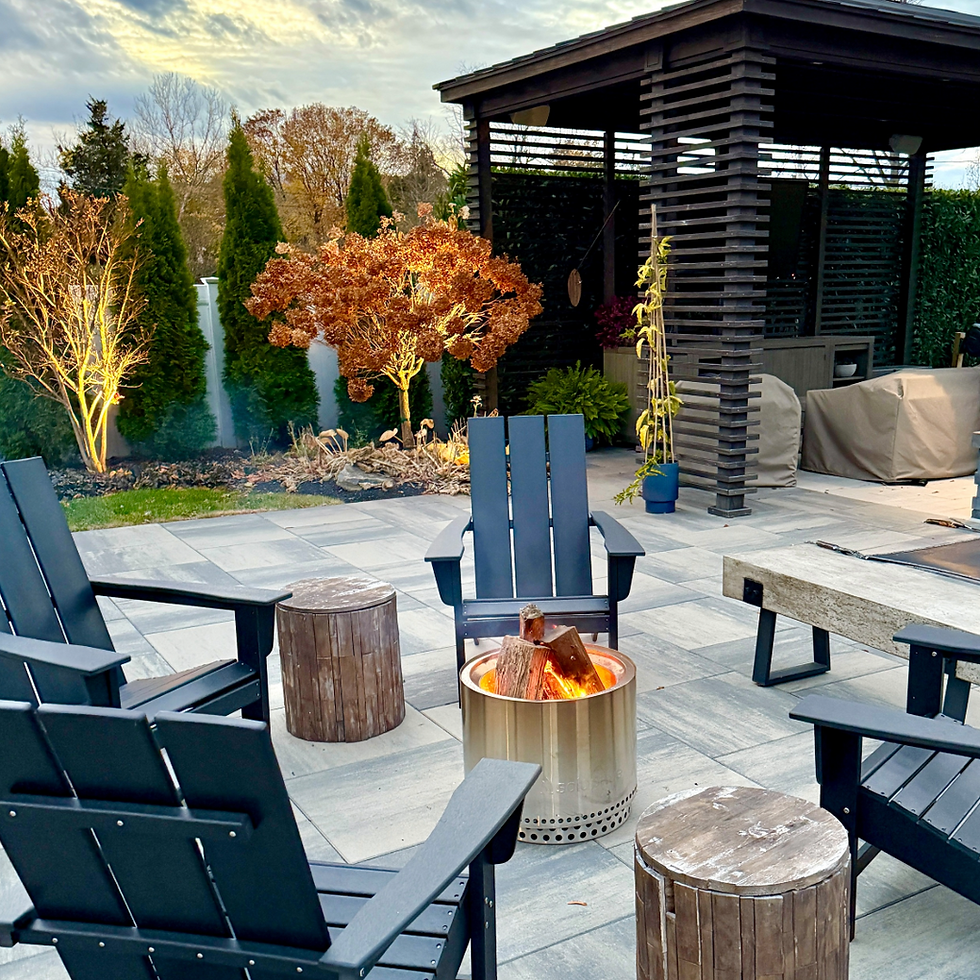It's an Ideal Time to Plant Trees
- Rebekah
- Mar 5, 2014
- 3 min read
Updated: Mar 6, 2024
Despite the blast of cold winter weather we had earlier this week, early March is an ideal time to begin planting trees. So many nurseries offer a great selection of trees at this time of the year, and Riverbend is no exception. We at Riverbend have been hard at work digging fresh trees from our tree farm (did you know our nursery sits on 500 acres of some of the best silty clay loam soil in middle Tennessee?!) to bring our customers as fresh of a crop as possible for this spring planting season. As you may be thinking about adding a new tree to your landscaping, I wanted to give you some good questions to ask yourself about your yard before shopping for a new tree, and also talk through a couple of options below.
As you drive down Thompson’s Station Road, you pass by our rows and rows of trees and may see some laying down and “balled and burlapped (or B&B)”. B&B trees have been dug with the majority of the soil intact, wrapped with burlap, and tied with twine. This protects the root ball from being damaged or drying out before it is replanted in your yard or landscape.
We offer many (so many it is hard to know how many!) different types of trees at our nursery. Trees in about any size and variety- some flower, some have brilliant fall color, others are green year round, and still others have berries that birds love in the winter time. We have a complete list on our Plant Finder page!

If you are unsure about what kind of tree you might like or what would do well in your yard, here are a few questions to know the answers to as you begin to select the perfect tree for your space:
1. Does the location of where you would like your tree get full, part, or no sun? Full sun is defined as at least 6-8 hours a day.
2. What kind of size are you working with? Will the tree be right next to your house or out in your yard?
3. What kind of drainage might there be where you are looking to plant your tree? (this question you might not readily know the answer to, but, for example, if you consistently have a pond that forms in your backyard when it rains a lot, a River Birch or Weeping Willow might be a good option (depending on size) to help soak up some of that water, as those trees love water).
4. Are there any special ‘perks’ you would like your tree to have, such as flowering in the spring time or bright red leaves in Autumn?
These are some good questions to think about as you begin to tree- hunt.
We mentioned River Birch above, and for good reason. River Birches (Betula nigra) are known for their unique and beautiful exfoliating bark. Often grown as three trees together in the same hole, this tree provides nice (extra) interest to your landscape and prefers sunny or mostly sunny spots. It can be grown in an area of the yard that occasionally floods, but also works well in an average soil (it may just benefit from extra watering during the hot Tennessee summers, especially the first couple of years after planting as it is becoming established).

While River Birch may be used in average soils, Weeping Willows (Salix Babylonica) love that water and really thrive in an area that is prone to being frequently wet. They love full sun and are easily identified by their graceful, long branches that often reach the ground. They are a larger tree, so you need the appropriate amount of space to plant one of these, as they can reach 30-40′ tall and have a spread of 35′.

Ask yourself the questions above before planting a tree, and feel free to ask us questions at the nursery- we'd love to help.



